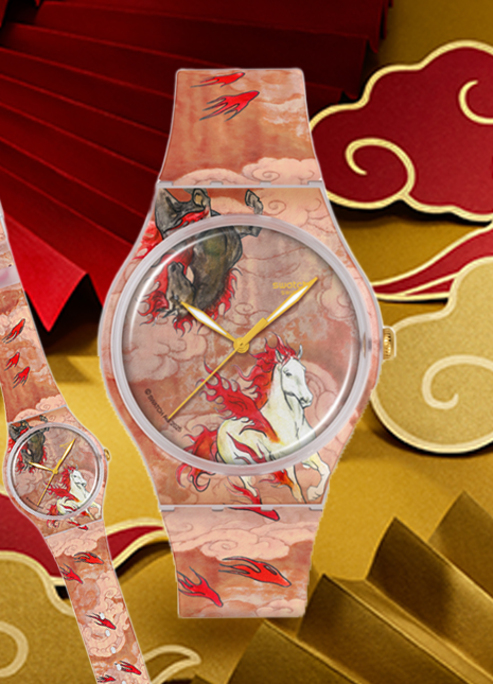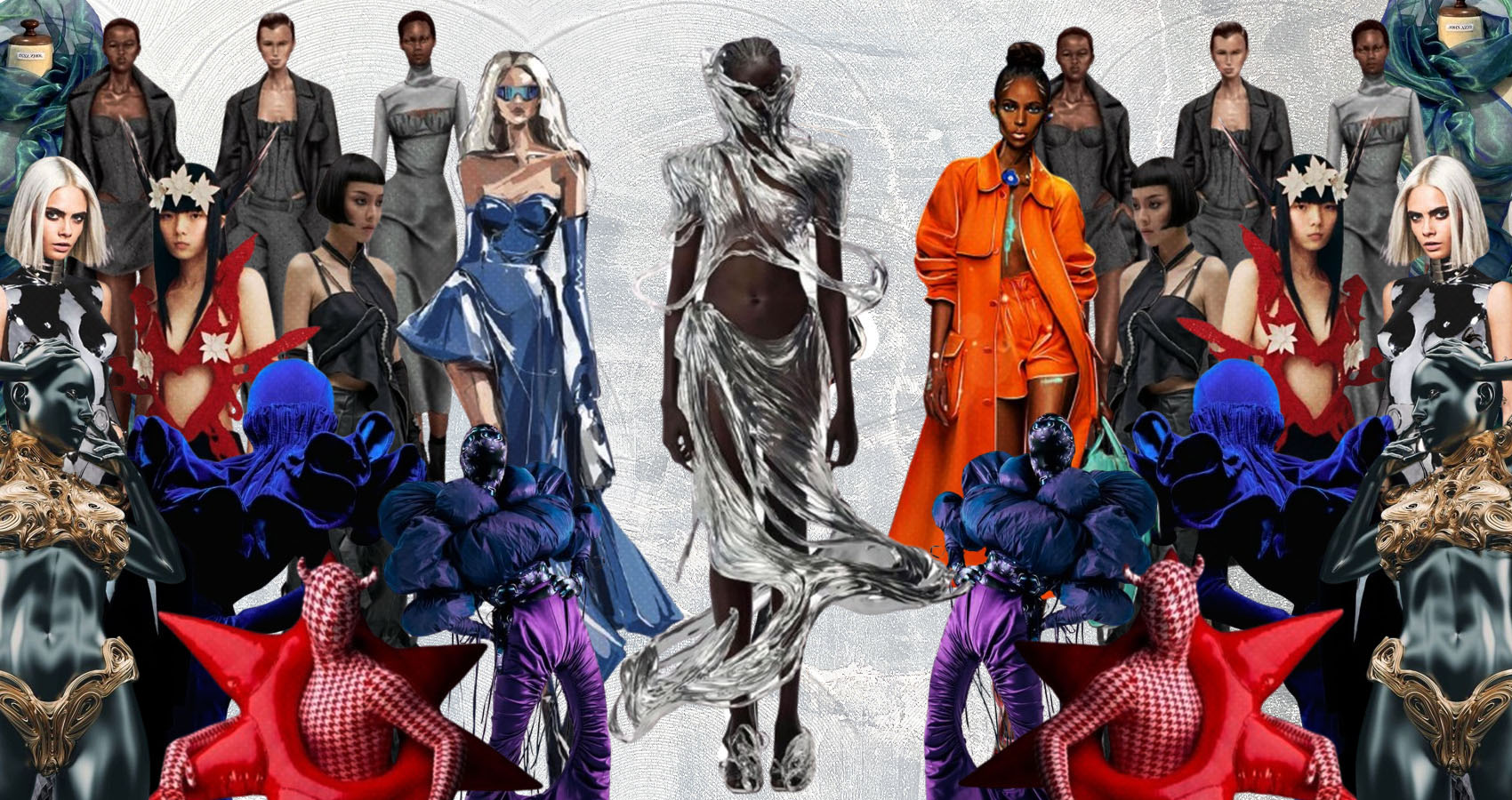
The Rise of Digital Fashion Designers: Creating Couture for the Metaverse
Digital designers craft virtual couture for style in the metaverse.
The world of fashion has always been about pushing boundaries, and now it's breaking into a new realm: the metaverse. Digital fashion designers are creating garments that exist only in virtual worlds, allowing individuals to express their style in a way that transcends physical clothing. As the metaverse continues to grow, so too does the demand for high-end digital fashion, offering limitless creative possibilities for both designers and users.
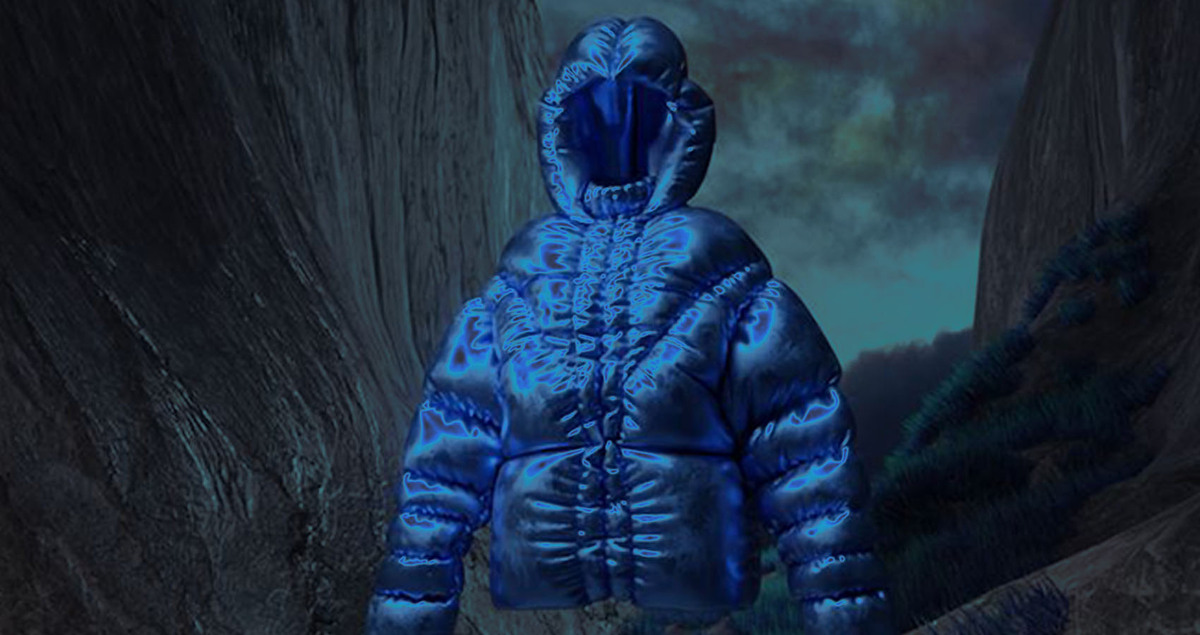
What is Digital Fashion?
Digital fashion refers to clothing that is designed and worn entirely in virtual spaces. These garments are created using 3D modeling software and are sold to users who want to dress their avatars or add virtual outfits to photos and social media posts. Digital fashion has become especially popular with the rise of the metaverse, where people spend time socializing, gaming, and attending virtual events.
Unlike traditional fashion, which is bound by physical limitations, digital fashion allows designers to experiment with materials, colors, and structures that wouldn't be possible in real life. For instance, garments can glow, change shape, or defy gravity, offering a whole new level of creativity.
The Role of Digital Fashion Designers
Digital fashion designers are shaping this new frontier, blending art, technology, and fashion. They use tools like Clo3D or Blender to craft unique outfits that range from photorealistic to completely fantastical. These outfits can be sold as NFTs (non-fungible tokens), giving users exclusive ownership of one-of-a-kind virtual garments.
The appeal for designers is the freedom to innovate without the constraints of physical fabrics. Without the need for production, designers can focus purely on creativity, bringing to life garments that challenge traditional fashion norms.
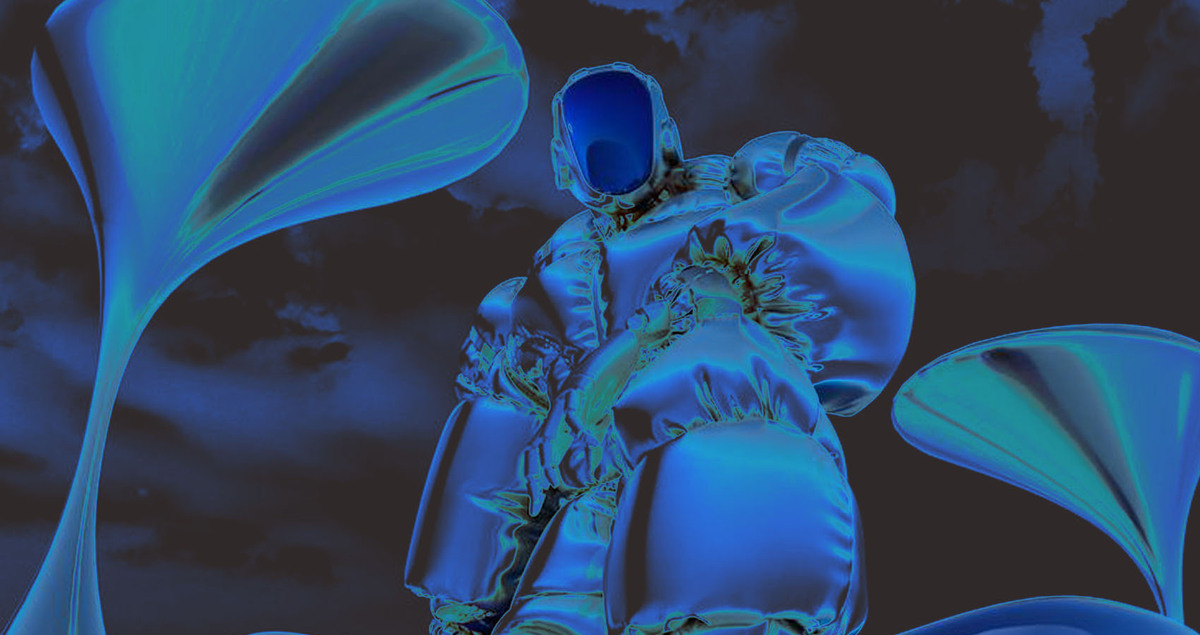
The Growing Appeal of Digital Fashion
Sustainability and Innovation
One of the driving forces behind digital fashion is its sustainability. With no need for physical materials or manufacturing, digital fashion drastically reduces the environmental impact associated with traditional garment production. In an age where sustainability is increasingly important, digital fashion provides an eco-friendly alternative for fashion lovers.
The innovation in digital fashion also knows no bounds. Designers can create garments that change colors in real-time or transform based on a user's actions, offering a level of interaction and customization not possible with physical clothing.
Personalization and Self-Expression
In virtual environments, users can fully personalize their avatars with digital fashion, allowing them to express their style in ways that may not be possible in the real world. The metaverse has become a place where people can break free from traditional fashion norms, experimenting with bold, avant-garde designs without fear of judgment.
This desire for self-expression is pushing the demand for digital couture. Just like in real life, users want their avatars to stand out and make a statement. Digital fashion allows for endless wardrobe possibilities, with many users purchasing high-end digital garments to reflect their status in the virtual world.
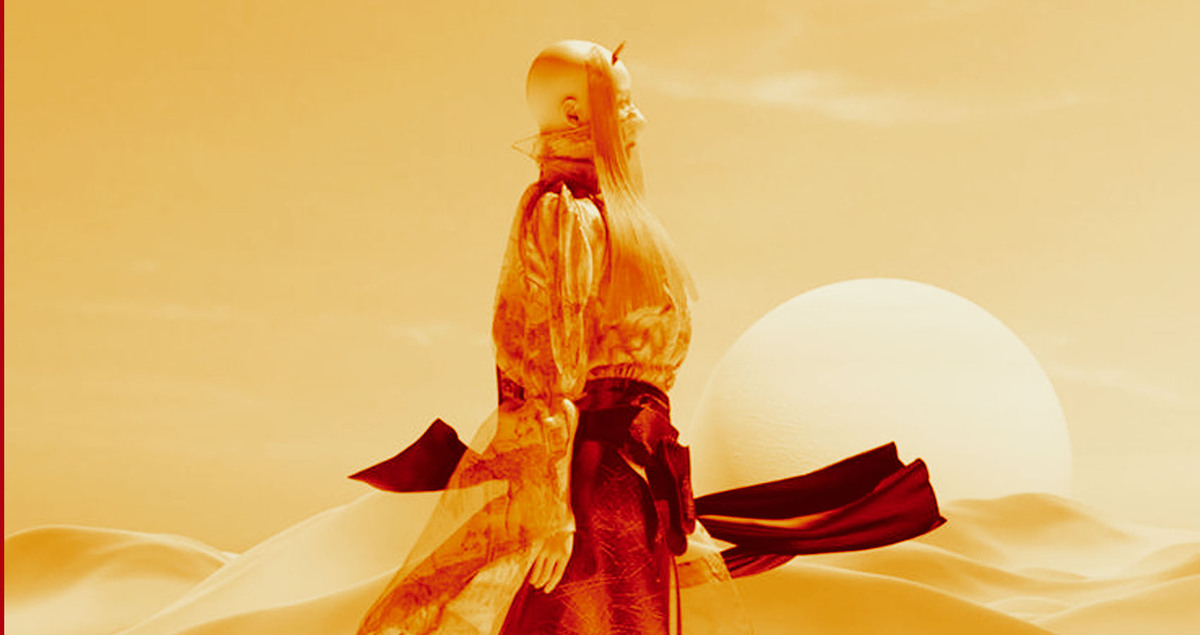
One interesting crossover is how fashion is integrating with other digital experiences. For example, users might engage in a safe online casino while wearing custom digital outfits for their avatars, blending fashion with entertainment in virtual spaces. This showcases how digital fashion is being woven into broader aspects of the online world.
Fashion's Future in the Metaverse
Virtual Fashion Shows and Digital Runways
With the metaverse expanding, the future of digital fashion is only getting more exciting. Fashion brands are already hosting virtual runway shows where users can experience new collections in a 3D environment, walking the virtual runway alongside their favorite digital avatars. These immersive experiences are blurring the lines between traditional fashion shows and video games, creating a new way for users to engage with brands.
Augmented Reality and Fashion
As augmented reality (AR) continues to evolve, it will likely play a pivotal role in the future of digital fashion. AR allows users to overlay digital garments onto their real-world appearance, seamlessly blending physical and virtual fashion. This will make it easier for users to try on virtual clothes, purchase digital items, and even wear them in both the real and virtual worlds simultaneously.
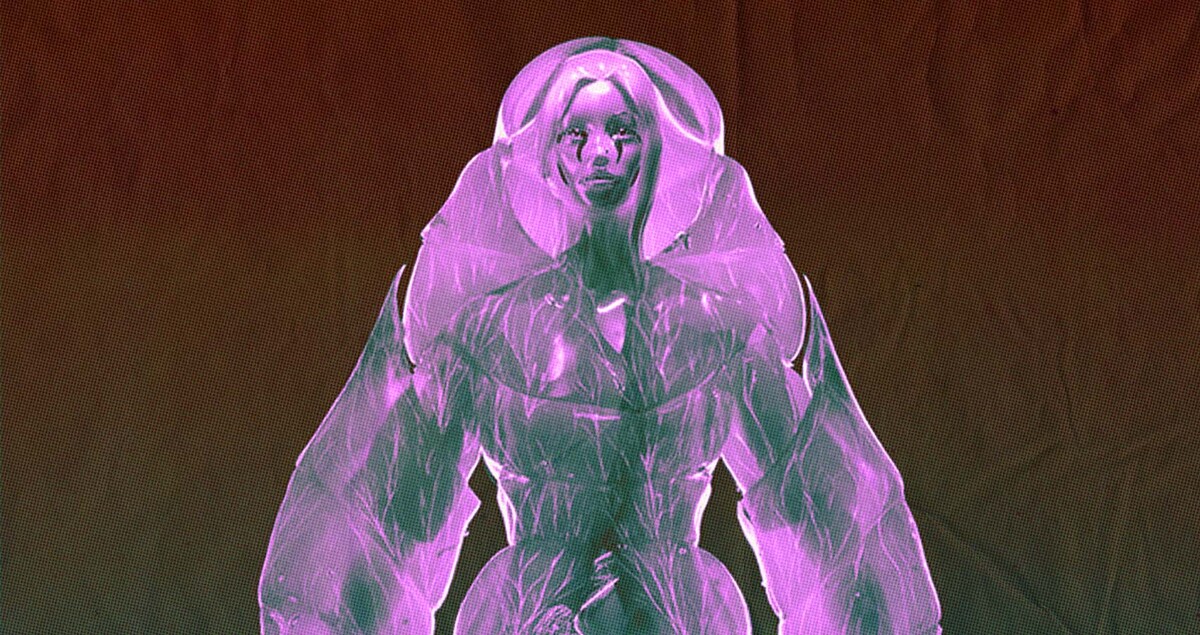
Brand Collaborations
Major fashion houses are already beginning to embrace digital fashion. Brands like Gucci, Balenciaga, and Dolce & Gabbana have started releasing exclusive digital collections, tapping into the growing demand for virtual couture. These collaborations between traditional fashion brands and digital designers are opening up new revenue streams and engaging younger, tech-savvy audiences.
Conclusion
Digital fashion designers are revolutionizing the way we think about clothing and style. As the metaverse continues to expand, the demand for virtual fashion will only increase, offering limitless creative possibilities for designers and exciting new experiences for users. From sustainability to personalization, digital fashion is more than just a trend—it's the future of the fashion industry, where innovation and creativity come together in ways we could only dream of before.




